Greenhouse "Khlebnitsa": drawings and dimensions
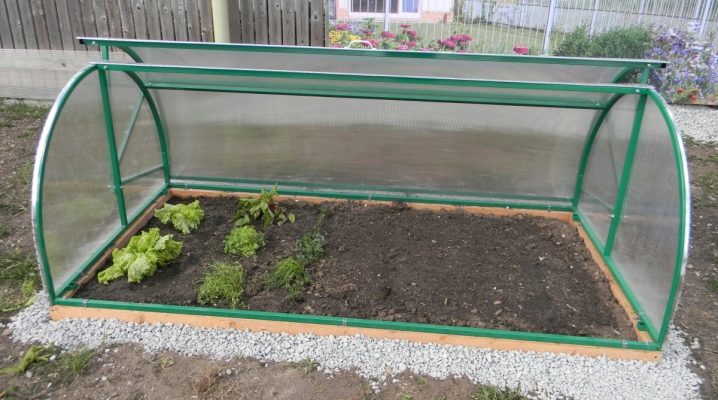
Greenhouse "Khlebnitsa" got its original name due to the similarity to a regular bread bin, when the upper parts of the object can be closed according to a similar principle. Its design is compact and practical to use, and does not require much installation space. With this configuration, it becomes possible to process plants without any difficulties.

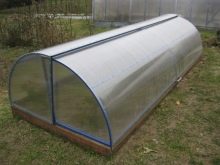

Specifications
If there is a desire to get a rich harvest, then you can easily make such an object with your own hands. It is not necessary to spend money on a purchase.
There are two options for installing the top, namely:
- with the opening of one part - this design is called "Snail" or "Shell";
- with the opening of both doors at the same time - the structure is called "Bread box".

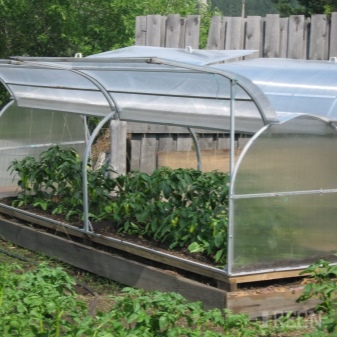
The second option is more popular, but the first option also has a right to exist. Greenhouse "Khlebnitsa" is ideal for a small suburban area.
It takes up little space, is easy to install and is convenient to operate.
Inside the "Khlebnitsa" summer residents grow the following undersized crops:
- flowers;
- vegetables;
- greens;
- roots.
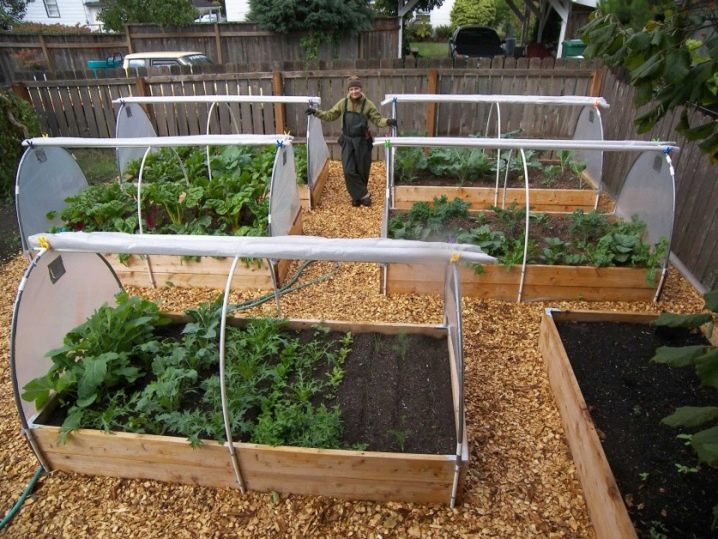
The structure of the "Bread box" has several main technical characteristics.
- The simplest structure provides mobility, you can change the place every season.
- It is possible to build an object on your own, this does not require a lot of time and special tools.
- The opening top allows for easier access to the seedlings, the area can be used very rationally.
- Low cost. The frame can be installed from about 1,500 to 3,000 rubles.
To begin work on the manufacture of an object, you should first draw up the correct drawings. Greenhouse sizes can vary widely.
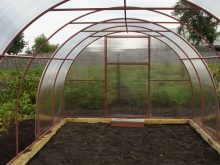
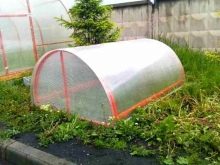
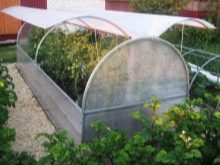
Similar objects made of polycarbonate are very popular. Greenhouses made of this material are strong enough and at the same time lightweight and compact.
Most often you can find "Bread boxes" in the form of an arch, consisting of three parts, namely:
- left half;
- right half;
- foundation.
Movable elements on both sides provide temperature control inside the greenhouse.
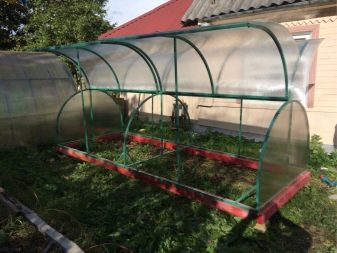
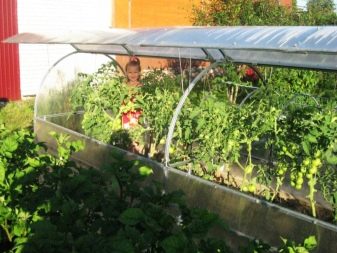
Design features
The base of the greenhouse is made of polypropylene pipes using plastic panels. Such an object can be made literally in one day, and it will serve flawlessly throughout the season. To fix the frame, wood material is most often installed at the end cut, the diagram can be found on the Internet.
Since the structure is arched, films or polycarbonate are used for the coating. Polycarbonate is preferred among summer residents, as it is more rigid, durable, keeps the shape of the structure well, reliably protects the crop from temperature extremes.
In operation, the film is more laborious, it must be pulled and secured, which significantly increases the installation time.
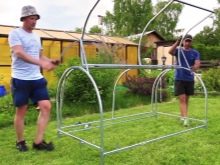
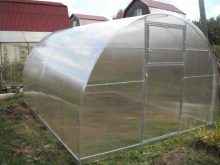
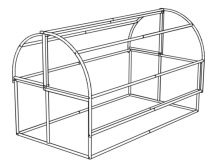
The greenhouse is of two types.
- An elevated structure that can be moved to any convenient location. For sufficient heat release, the soil is fertilized with manure. The dimensions of the installation are from 2 to 4 meters in length and from 1 to 1.3 meters in height. The design is lightweight.
- A recessed structure retains heat longer, as it is dug into the ground to a depth of 60 centimeters. The temperature after a week of installation of the structure is + 45– + 60 ° С. The roof is mounted in the form of an arch, the walls are made of wood. This type of greenhouse is used to produce early plants.
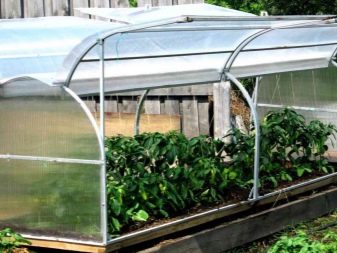
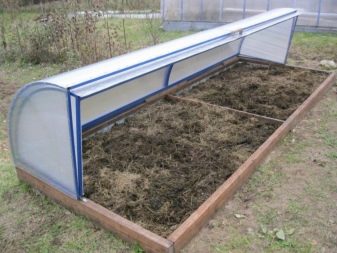
Dimensions (edit)
Many manufacturers can produce this type of greenhouse. Their dimensions are very different, there is no single standard.
The best dimensions are as follows:
- the height of the structure is modified to 1 m, taking into account the open part it increases to 1.25 m;
- length varies from 2 to 4 m;
- for easy access to plants, the width is made from 0.8 to 1.3 m, if the structure has one opening part.
The double-leaf installation provides an increase in width due to the ability to access the bed from both sides. The best manufacturers in most cases make a double-sided bread bin width of about 2 m.
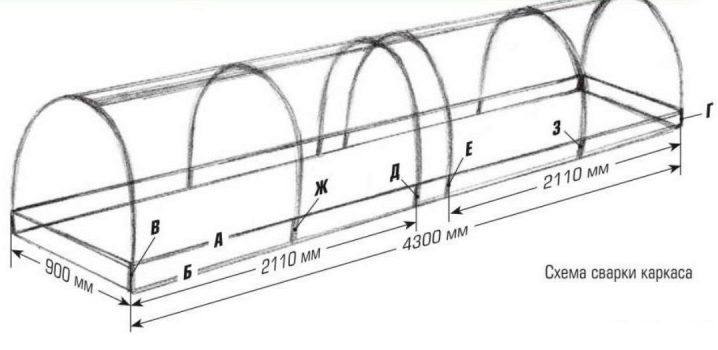
Advantages and disadvantages
Universal designs are considered the most acceptable, more functionality and other positive advantages are concentrated in them:
- the presence of small dimensions, can be installed in any convenient place;
- low height provides resistance to the effects of wind and snow;
- polycarbonate frame protects against ultraviolet rays and provides plants with the right amount of light;
- tightly closing flaps protect the seedlings from drafts;
- to air the seedlings, you just need to open the sash;
- operation of the structure up to 10 years;
- beautiful and neat design;
- automatic cleaning when the brushes are attached to the opening part of the frame.
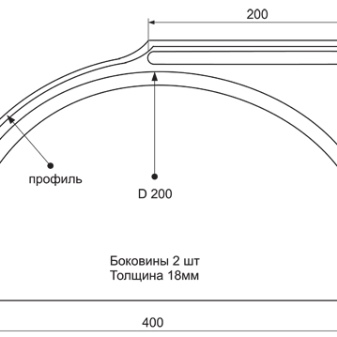
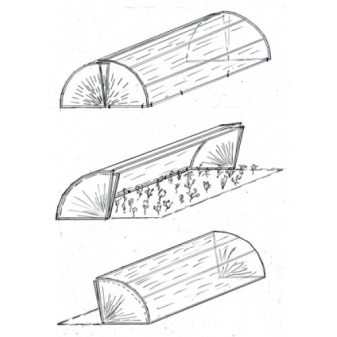
The Breadbasket design has the following disadvantages:
- only small plants can be grown;
- the greenhouse film coating does not allow maintaining a constant temperature in the cold season;
- if the greenhouse is made of cheap material, then in the area of the sashes it quickly wears out.
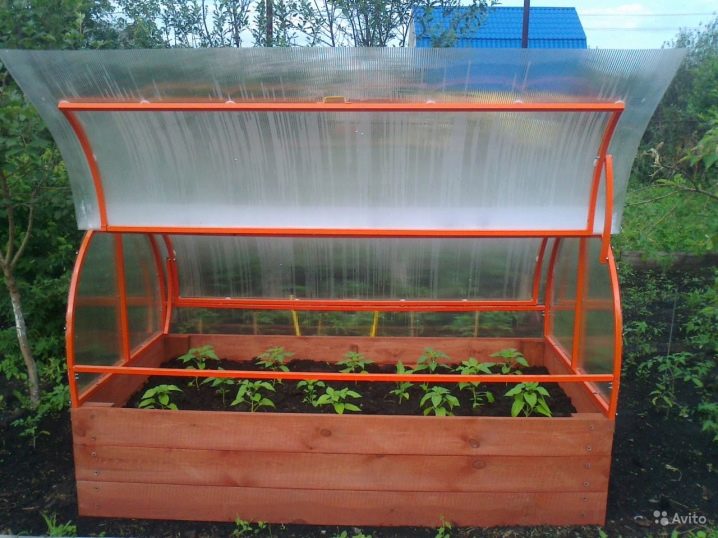
Preventive work
As a preventive measure, the following steps should be taken:
- regularly inspect and periodically lubricate the sash with oil;
- if the doors are not closed in strong wind, then there is a possibility of their damage;
- to carry out the installation of the object during the day, labor costs of 2-3 people are required.
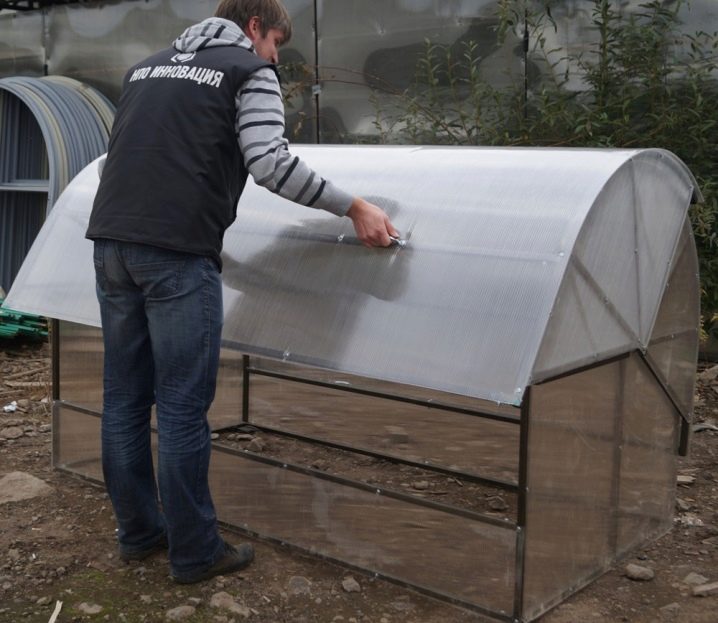
Optimal choice of location
To ensure a high yield, all the necessary requirements should be followed step by step.
- To ensure a high yield, you need to take care of the best installation site.
- One of the important factors for the growth of seedlings is a sufficient amount of light. Therefore, when choosing a place, this factor should be taken into account first of all.
- For an even distribution of the received light, the structure should be installed in the direction from north to south.
- It is also necessary that there are no roofs of buildings or trees that can interfere with the flow of sunlight.
- The presence of a flat surface. In its absence, the greenhouse can deform over time, which will prevent the full development of plants that cannot receive enough light.
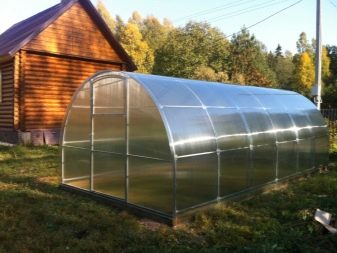
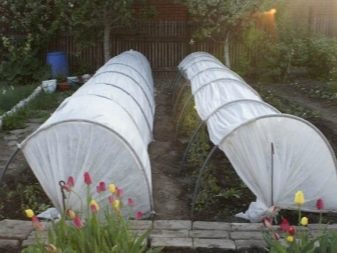
Primary requirements
Installation also requires compliance with step-by-step detailed instructions, which include the following requirements:
- assembly at a distance of 5–7 meters from tall buildings;
- remoteness from a bath, summer shower, pool at a distance of 8-10 meters;
- distance from the toilet from 25 meters;
- install near high fences and fences, as well as near walls of houses or outbuildings from two meters in order to avoid snow getting into the greenhouse in winter.

Types of plants for planting
The most basic condition for choosing a crop planting is its size. Summer residents do not like to plant crops that grow up too much. In this case, they have to be transplanted over time to open ground.
The most popular are the following cultures:
- greens: parsley, dill, onion, sorrel, garlic;
- lettuce, arugula, watercress, lettuce;
- berries: strawberries, strawberries;
- root vegetables: carrots, beets.

Manufacturing
The main tools for making an object are:
- electric drill;
- two-meter level;
- hammer;
- knife;
- Bulgarian;
- self-tapping screws with rubber washers.
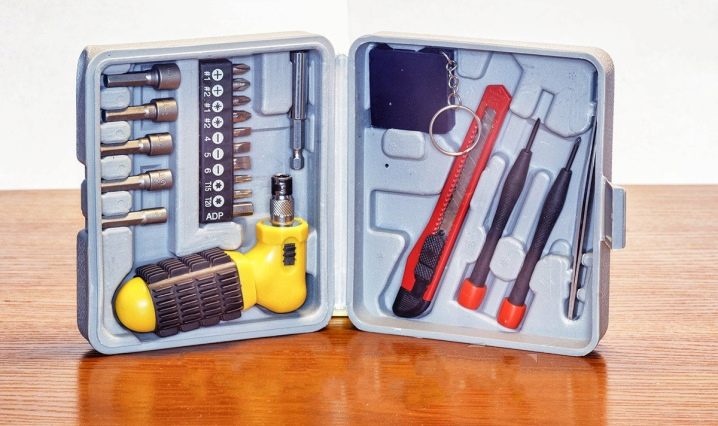
During the construction process, it is necessary to follow the sequence in the assembly.
- The foundation should be installed. To do this, choose a material (brick, concrete, wood). Then you can start digging a trench, which should be 20-30 cm wide and 40-50 cm deep. Fill up sand or crushed stone 10-15 cm high.
- The next step in the installation is laying out bricks using mortar over the entire area.
- If the foundation is installed from wood, then it is imperative to carry out a preventive antiseptic treatment with a primer.
- Use the scheme to install arcs, frames of the lower base and firmly fix them to the base.
- Mount the assembled greenhouse to the foundation and tighten with stainless self-tapping screws or thermo-washers for durability and resistance.
- Assemble the corners on both sides, the sash should work on hinges.
- Attach the cut polycarbonate to the assembled base.
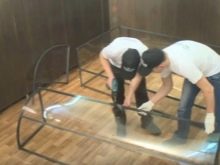
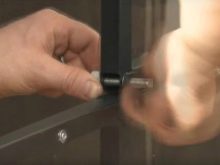
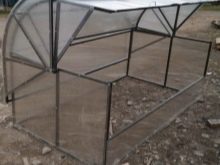
Advice
If the markings are incorrectly made, then the coating will be unreliable, leaving gaps for drafts. For production, you will need four parts for the side of the base and two parts for the moving parts. It is necessary to make and fix the coating using self-tapping screws, and rubber washers are also used for reliability.
The rock polycarbonate cover service is 10 seasons.
Greenhouse "Khlebnitsa" has a number of positive qualities that allow it to be in trend, for example, it is convenient and easy to grow seedlings in it. A similar object among summer residents is a huge success due to its compactness, reliability and low cost.
For information on how to build a greenhouse-bread bin with your own hands, see the next video.





























































The comment was sent successfully.